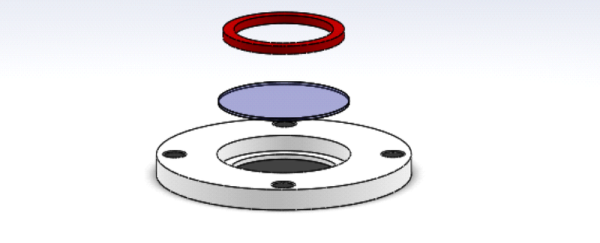Over on YouTube [Applied Science] shows us how to make an f/0.38 camera lens using an oil immersion microscope objective.
The f-number of a lens indicates how well it will perform in low-light. To calculate the f-number you divide the focal length by the diameter of the aperture. A common f-number is f/1.4 which is generally considered “fast”.
We are told the fastest commercial lens ever used had f/0.7 and was used by Stanley Kubrick to shoot the film Barry Lyndon which was recorded only with candle light.
A microscope objective is a crucial lens that gathers and magnifies light to form an image. It plays a key role in determining the quality and clarity of the final magnified image produced by a microscope.
Continue reading “F/0.38 Camera Lens Made With Oil Immersion Microscope Objective”












